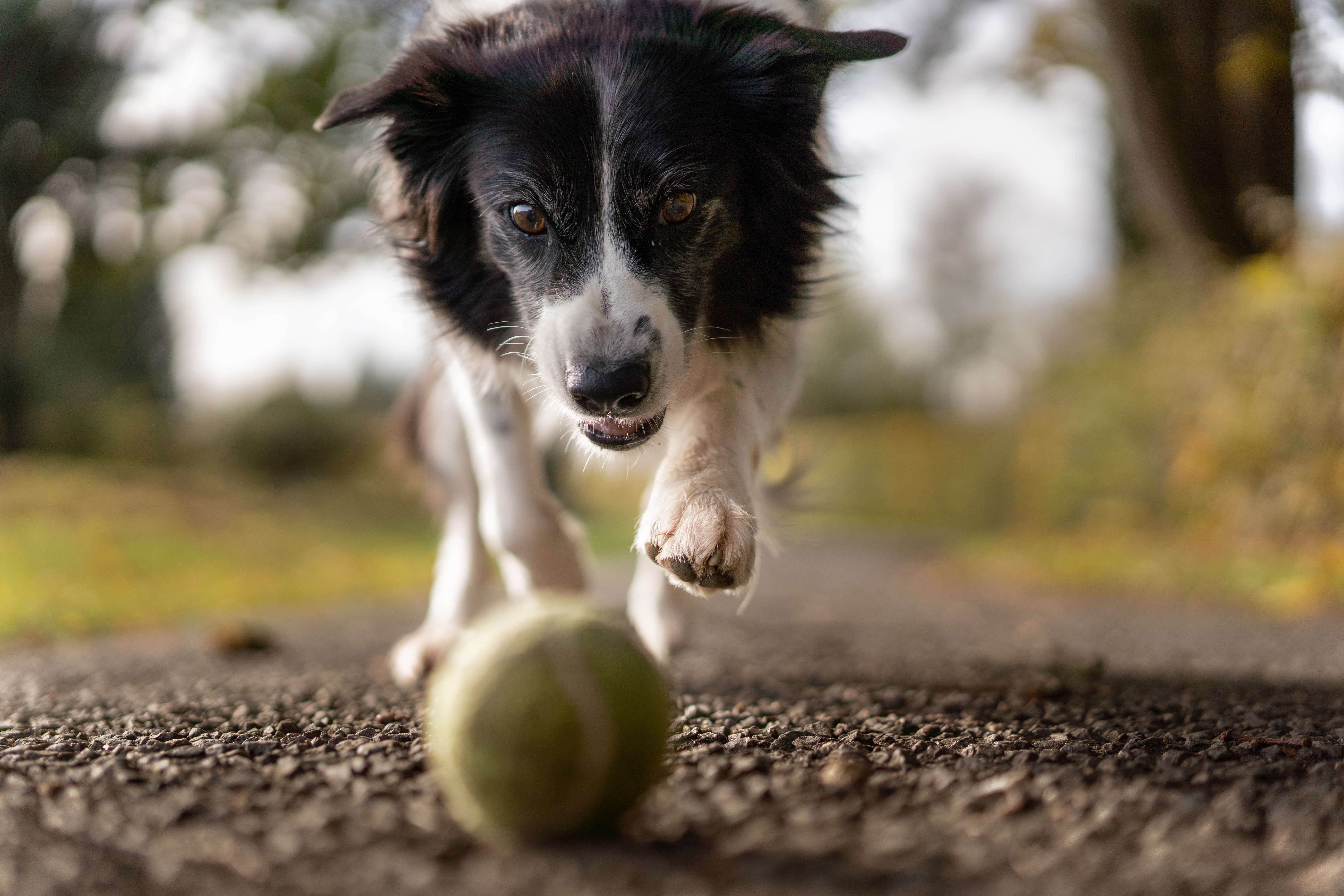How our pets affect the environment
Catherine explains how household pets may have a greater impact on the environment than you think
It’s estimated that roughly 44% of the households in the UK have pets. Of these, a large proportion are cats and dogs. Although I’m sure you know them to be gentle animals, there is a much darker side to these domesticated creatures.
Now while I’m not calling out your pet directly, it’s a known fact that cats and dogs often catch prey. Cats themselves catch roughly 100 million prey items every single year, 27 million of which are birds, according to the RSPB. Dogs also don’t have a clean record, although pet dogs are not the main source of the problem. Rather it’s strays and other wild dogs that are the issue.
Altering ecosystems
These numbers only show the prey that have been directly killed by these animals. This, therefore, excludes the disruption that their activity might cause to the food chain. Recently in Biology, we’ve been discussing pesticides and their uses, as well as the problems associated with biological control. Introducing a species, e.g. ladybirds, to control the population of their prey, so in this example, aphids.
Within this topic, we saw how a population of predators went into decline whenever their prey’s did as well. This is caused by the population of predators growing alongside their prey’s population, leading to more prey being eaten. Therefore, that population declines, and the cycle continues. It follows that if more mice and other small animals are killed by cats and dogs, there are fewer left for the rarer bird species in our native wildlife. We have to take their population decline into consideration as well, when looking at the effect our pets have on our local environment.
Humanity’s impacts
You may wonder why this isn’t widely discussed, given these pets are so common. It’s quite simple really: cats and dogs only kill a small proportion of animals out of the total directly or indirectly killed by humans themselves. For example, cars kill 60 million birds a year – double what cats kill. This isn’t talked about.
Humanity and its impact on just local environments and native wildlife populations alone is astounding. Often people think the impact of their pets is very small in comparison. However single use plastic is extremely common in most major pet products, such as food sachets or non-compostable poo bags.
What can you do?
Despite all this, there are adjustments you can make to lessen your pet’s impact on the environment. To avert effects on wildlife, animals like dogs and cats can have bells on their collar. This is a simple fix as the ringing of the bell alerts prey that there is something nearby. For single use plastics such as food sachets, however, there are far fewer fixes. The good news is that I’ve found compostable dog poo bags. However, with products like food sachets, the best thing you can do is to clean them and then recycle them.
While I’m aware these are small changes to make, consider the collective impact such measures can have, if we all take action. I hope you will consider making a few adjustments to make your pet’s lifestyle more environmentally friendly.

